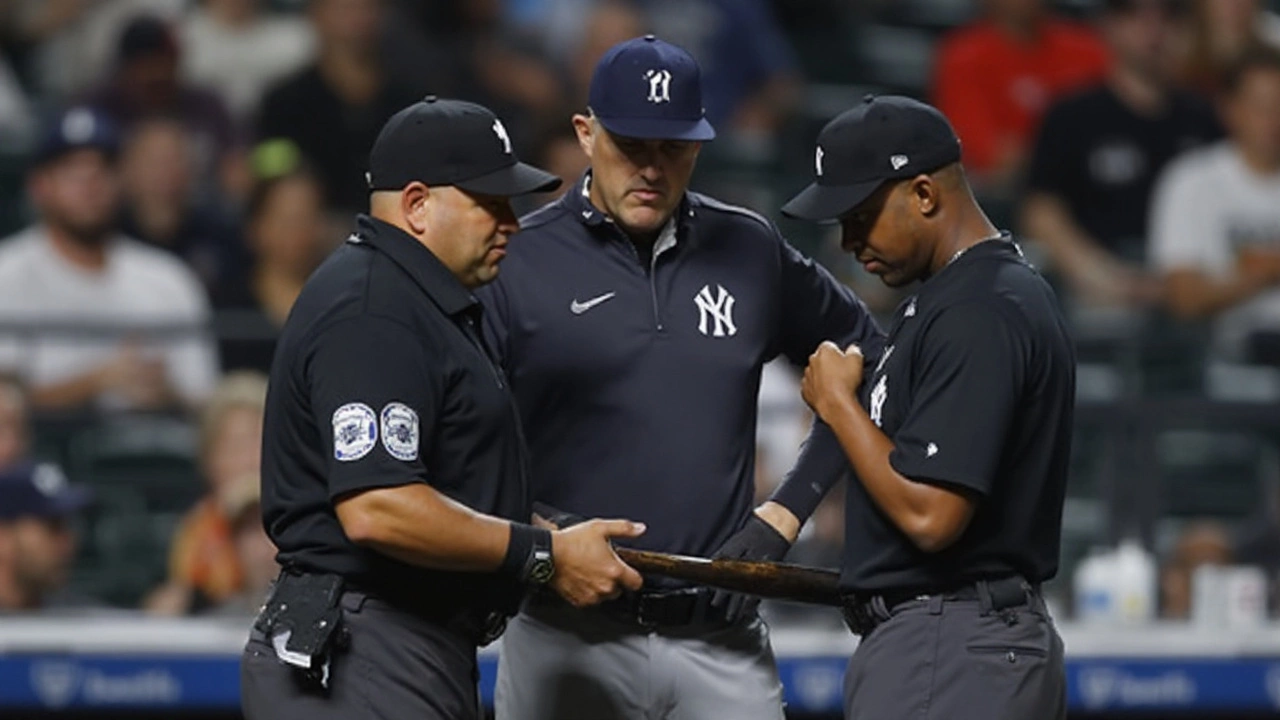A reset pays off for Pete Crow-Armstrong
Two days on the bench can feel like a month when you’re hitting .163, but the pause was the point. Back in center field at Wrigley on Friday night, Pete Crow-Armstrong looked lighter and sharper, turning a mental reset into hard results as the Cubs rolled the Nationals 11-5.
The 22-year-old answered a rough August (.163 average, .448 OPS) with a game built on pressure and poise. He drove in two runs on sacrifice flies—productive outs that signaled a simpler, situational approach—sprinkled in two singles, and swiped his 32nd base of the season. His second sac fly came in the sixth, scoring Ian Happ to stretch the lead to 9-5 and tilt the night fully Chicago’s way.
Manager Craig Counsell had parked Crow-Armstrong for two games to unclutter the swing and the head. It’s a page he’s pulled before: step away, reset the timing, get back to contact and middle-of-the-field thinking. The choices on Friday backed that up. Crow-Armstrong didn’t chase the knockout; he took what Washington gave him, put balls in the air with runners ready to tag, and forced the defense to act when he reached. For a glove-first center fielder whose elite defense keeps him in the lineup, these were the kinds of “turn the lineup over” at-bats the Cubs have needed down the stretch.
There’s also the speed piece. Thirty-two steals don’t happen by accident. The steal threat changes how pitchers hold the ball, how infielders position, and how outfielders charge. Even when he wasn’t lacing doubles, Crow-Armstrong kept Washington uncomfortable and helped set the table for the thunder behind him.
Cubs flex power, pad Wild Card cushion
This wasn’t a one-man show. Chicago unloaded early, dropping a five-spot in the first inning capped by a Dansby Swanson three-run homer. By the end of the night, the Cubs had stacked four long balls—Swanson, Reese McGuire, Nico Hoerner, and Ian Happ—an offensive mix of lift, line drives, and opportunism that fit the cool September air at Wrigley.
The sequence mattered. The fast start forced the Nationals to pitch from behind, burn through plan A and plan B, and attack the zone to avoid traffic. That’s when Chicago pounced again. Happ’s presence was felt all night, scoring on Crow-Armstrong’s sixth-inning sac fly; Hoerner’s homer added the kind of add-on insurance that lets a pitching staff breathe; McGuire’s shot rounded out a lineup card without soft spots.
Javier Assad did the grinding work that often gets lost in the line score. He gave the Cubs 5 1/3 innings, allowed four runs, and struck out four—enough length to hand the game to a rested bullpen with a cushion. He didn’t have to be perfect; he just had to keep the damage contained while the bats did the heavy lifting. The relievers handled the rest, protecting the margin and turning a high-scoring middle innings stretch into a comfortable close.
Washington, at 56-84, came in scrappy and got some swings off, but they couldn’t match the layers in Chicago’s offense. When the Cubs mix lift with speed—homers from the middle and top, situational contact from the bottom—opponents have to cover too much. Friday was a snapshot of that identity: power, patience, and enough havoc on the bases to force mistakes.
Zoom out, and the standings math looks better by the day. The win pushed Chicago to 81-60, 4.5 games clear of the Padres for the top NL Wild Card position, and five games behind Milwaukee in the NL Central chase. The magic number to clinch a playoff berth is 13; to lock down the top Wild Card spot, it’s 18. Those aren’t just numbers—they shape how Counsell manages innings, matchups, and rest in September. Nights like this give him the freedom to pick his spots.
For Crow-Armstrong, the timing couldn’t be better. Rookie walls and league adjustments aren’t myths; they happen, and they’re messy. The counterpunch is simplicity: get the ball airborne with runners at third, take the extra 90 feet when it’s there, and turn every out into a chance to score. Two sacrifice flies might not light up a stat page, but they win innings. Add two singles and a stolen base, and you’ve stacked value without needing a perfect swing.
Chicago leaned into that. Swanson’s first-inning blast didn’t just cash in—it framed the game. Hoerner’s homer and Happ’s production layered pressure onto each Washington mistake. McGuire’s long ball pushed the gap from comfortable to decisive. And tucked inside all that was the reminder that productive at-bats look different in September than in June. Contact with purpose travels well.
Game 1 of a three-game set can shape a series, and this one did. The Nationals had to burn through arms to chase a deficit; the Cubs kept their late-inning formula intact and walked away healthier for Saturday. Counsell’s approach with his young center fielder—targeted rest, then a clear plan—put a new wrinkle in the lineup’s rhythm. If Crow-Armstrong’s reset sticks, Chicago’s defense up the middle stays elite, and the offense adds a catalytic piece just in time for the stretch run.
Key numbers from Wrigley:
- Final: Cubs 11, Nationals 5
- Cubs record: 81-60; top NL Wild Card lead at 4.5 games over San Diego
- Magic numbers: 13 to clinch a playoff berth; 18 for the top Wild Card slot
- Home runs: Swanson (3-run), McGuire, Hoerner, Happ
- Pete Crow-Armstrong: 2 RBIs (two sac flies), two singles, 1 SB (No. 32)
- Javier Assad: 5 1/3 IP, 4 ER, 4 K, win
On a night when the ball was flying, the most important swings weren’t always the loudest. Crow-Armstrong’s reset showed up in the details—contact, angles, basepaths—and the Cubs’ bats did the rest. September baseball rewards teams that stack small wins inside big ones. Chicago found both.

